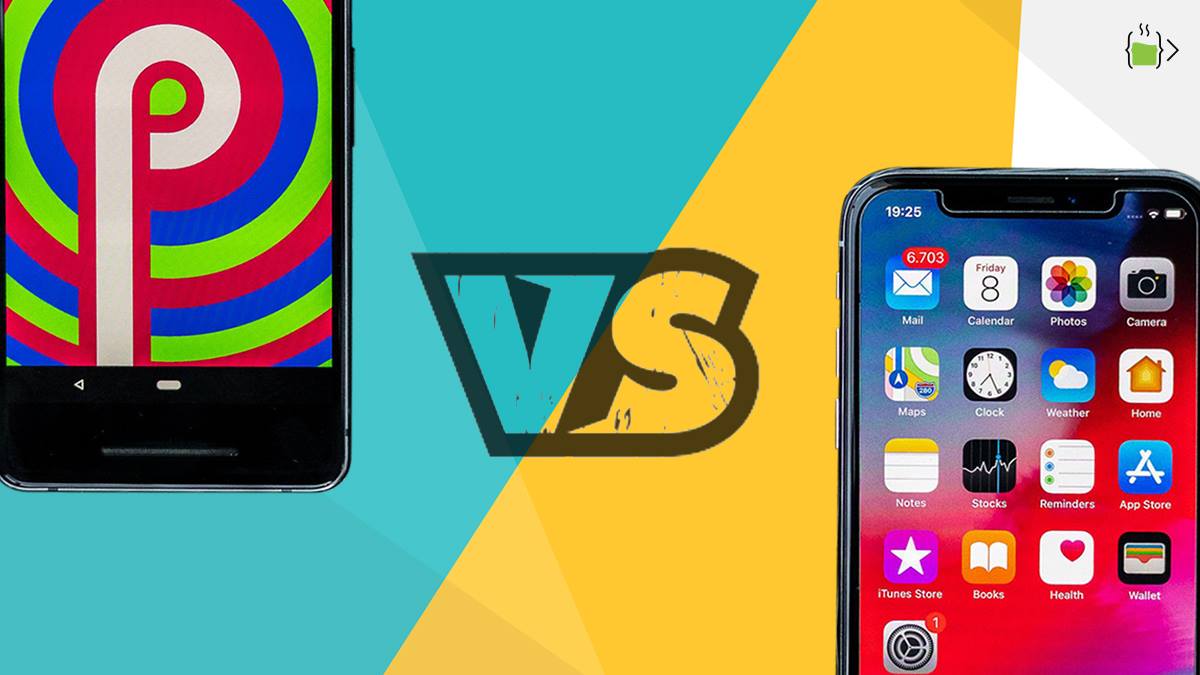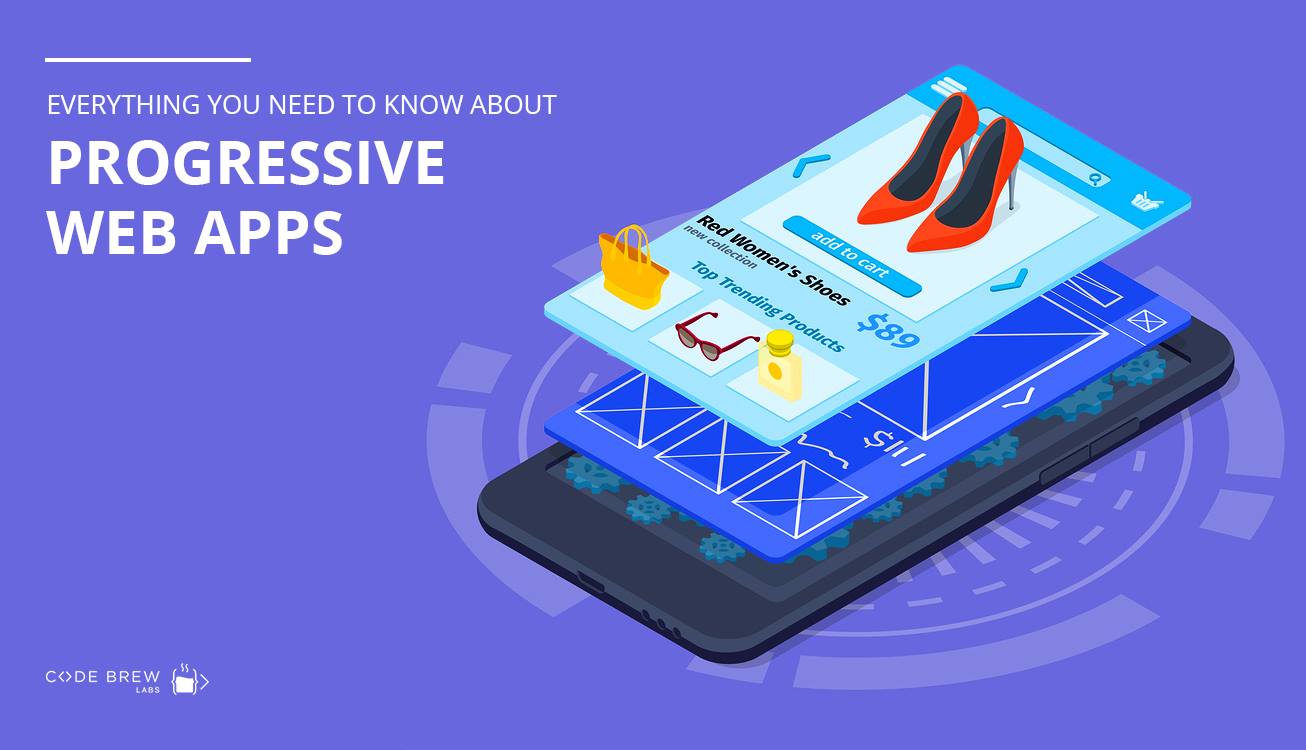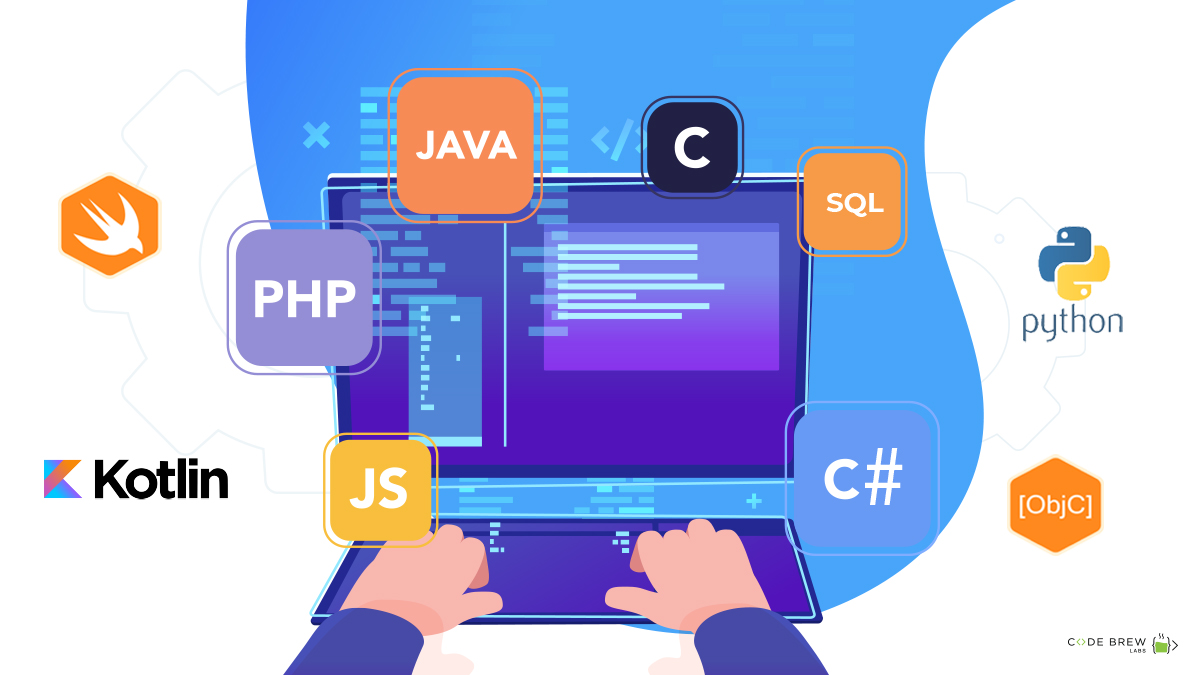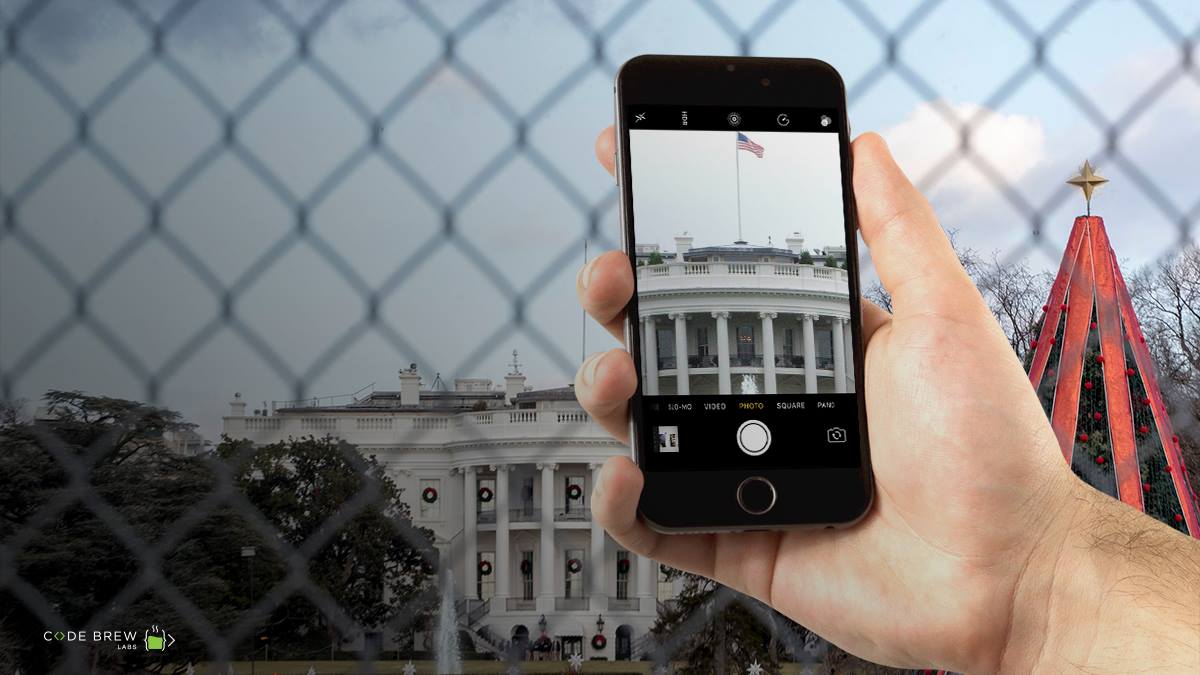Welcome to the third round of iPhone vs Android: The Ultimate Showdown. In the previous rounds, we compared the two top mobile operating systems on ten different parameters:
Round One
- Device Cost
- App Store and Options
- Device Performance
- OS Updates
- Maps & Navigation
Round Two
- Camera Quality
- Assistant
- Device Security
- Haptic Feedback
- Device Display
The two contenders are still standing shoulder to shoulder, neither of them willing to back out. One mobile operating system’s limitation is another’s forte. At the same time, there are points where both iOS and Android scored equal.
And thus, here we are, continuing from where we left off. And this time, this is going to be more than 5 parameters, for this is where we dig deep down. This is where iOs and Android will hold nothing back, because they don’t.
And ding goes the bell!!
Customer Service
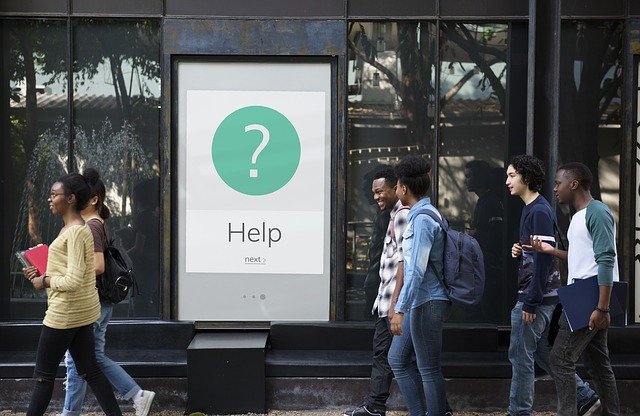
iOS not only makes sure the OS updates reach the maximum possible devices, Apple is also known for their awesome customer relationship policies. Customer service takes the center stage and thus, be it online support or taking your iPhone to any Apple Service Center, your device is in good hands. That’s the benefit of going proprietary.
Android phones, on the other hand, may or may not get the same level of customer service. And that’s primarily because other than the big Android players (Google, Samsung, OnePlus, Huawei), there’s hardly any other brand that can come as close in terms of service quality.
Score
iPhone: 7, Android: 6
Apple Pay & Google Pay
Near field communication (NFC) is not a new thing in the world of technology. It’s a remarkable feat that takes contactless payment to a whole new level. No cash, no cards, just a phone tap on a compatible terminal, and you’re sorted.
Google Pay offers a highly secure payment environment, much akin to Apple Pay. However, Google Pay takes the winning leap with its peer to peer payment facility.
Score
iPhone: 7, Android: 7
File Sharing
Reddit and many other similar discussion forums are full of talks around how iOS has made things easy with AirDrop. This nifty technology is nothing short of a groundbreaking innovation in file sharing. Android users are expecting Google to create something on the likes of AirDrop. And that’s a sign good enough to deduce who wins here.
Score
iPhone: 8, Android: 7
Device Lifespan
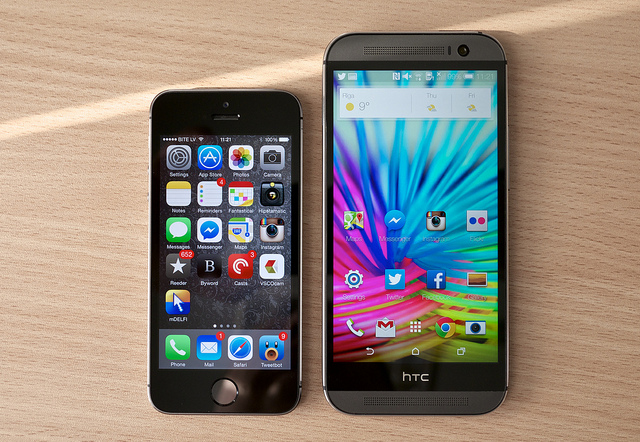
iPhones are expensive than many Android phones. However, what’s remarkable about iPhones is that they work 4 times better at double the price. iOS updates are available for many device version at a time. Consider iOS 12 for example, the latest iOS version that was launched in September 2018 is also available for iPhone 5S, a device that dates back to September 2015.
On the other hand, you won’t see any Android device launched in 2015 that runs on Android 9.
Apple works on the ideology of preserving their customers, which is possible when phones users can use latest OS without having to buy a new phone, unless absolutely necessary.
At the same time, device longevity also depends a lot on the quality of hardware and software, where Apple takes a giant leap over Android. This is why a used iPhone can be sold at a better price than a used Android phone.
Score
iPhone: 9, Android: 7
Apple Music vs Google Play Music
We compared Apple Music and Google Play Music on the basis of playing local files, downloads and streaming.
The first thing we noticed about Apple Music is it elegant and detailed interface. At the same time, Google Play Music has bright and bold aesthetics. But when it comes to music quality, iPhone wins the game hands down. All the credit goes to Apple’s ecosystem and extremely efficient equalizer.
Moreover, Apple Music gives you access to 45,000 songs through streaming, while Google Play Music caps at 40,000 songs.
Score
iPhone: 10, Android: 7
Memory Card Support
Although you can get an iPhone with 256GB of storage capacity, that’s all you get. Yes, you do have iCloud to store you files, but that’s about it.
On the other hand, there are many Android phones that come with inbuilt storage of 128GB and also come with a memory card slot that can support 1TB of additional storage. This is where Android excels for mobile gamers and other users who need or want a lot of storage space.
Score
iPhone: 10, Android: 8
Earphone Jack
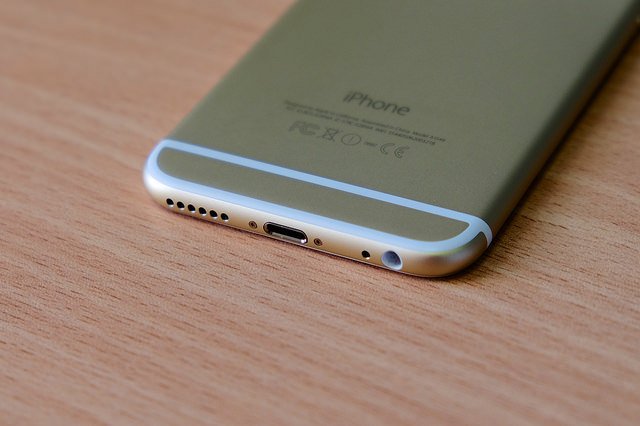
The 3.5mm jack that audiophiles love is going out of the picture. As a matter of fact, Apple stopped the provision to give the iPhones a smoother bezel and better dust & water resistance. But wireless audio is nowhere close to the quality and options wired earphones and headphones offer.
Moreover, phone manufacturers cite slimming down of phones to be a major reason behind removing the earphone jack. But consider this, iPhone 8 Plus is about 7.5mm thick, and Google Pixel 2 is 7.8mm thick, without headphone jack. On the other hand, LG V30, even with its headphone jack is slimmer than the two aforementioned phones at just 7.4mm thickness. And then there’s OnePlus 5, which is even slimmers than V30 at 7.3mm.
Although connectors are available that can aid in using 3.5mm earphones, carrying thema round is an additional tak, not to mention taking care of them because they are so easy to lose.
iPhones have let go of 3.5 mm altogether, but some Android phones are still offering this feature. As a matter of fact, Samsung’s latest offering, Galaxy S10 will come with the headphone jack. And for this, Android scores a point!
Score
iPhone: 10, Android: 9
Cloud
Apple’s iCloud comes with 5GB of space free of cost, charging $0.99 per month for subsequent 50GB, $2.99 monthly for 200GB and $9.99 per month for 1TB.
And then there’s Google Drive that Android users can use for free for the first 15GB. And then, it’s all about paying $1.99 a month for 100GB, or $99.99 a month for 10TB. Moreover, 20TB can be availed at $200 per month, 30TB at $300 per month, and so on…
While iCloud is simple to use, it’s Google Drive’s intuitive and dynamic interface that makes file management quick, easy and extremely efficient.
Score
iPhone: 10, Android: 10
Conclusion
It’s remarkable how the two contenders, iPhone and Android still stand firm on their grounds. None of them backed out, and The Ultimate Showdown ended up in a draw, and for all the right reasons. It’s like no matter how many rounds we keep on throwing at iPhone and Android, they will keep competing without backing down at any instance.
As a mobile app development company, we have plenty of experience creating apps for iPhones and Android phones, and we know their ecosystems like the back of our hand.So, we tried our best to see which one proves to be a better device. But in the end, it all boils down to a user’s personal choice.
To conclude, all we can say is: An unbiased comparison between iPhone and Android will always lead to a draw. And this is exactly what happens when an unstoppable force meets an immovable object.
